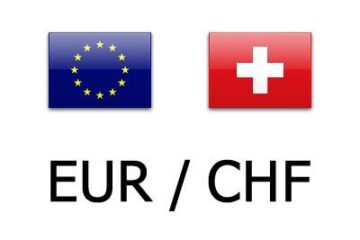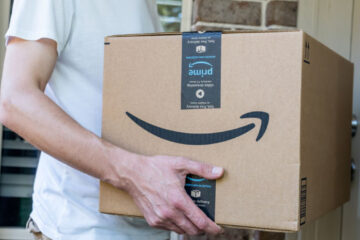The warehouse club has good news for members (and maybe consumers in general).
Before the covid pandemic, few Americans ever thought about the supply chain.
Shopping was a pretty simple proposition. You went to the grocery store, or any store, and whatever you needed would be on the shelf. Aside from limited-edition sneakers or other items that intentionally were kept scarce, product shortages were extremely rare.
You might get to your local Walmart (WMT) – Get Free Report, Target (TGT) – Get Free Report or grocery chain and find they didn’t have the exact size you’re looking for or some other minor inconvenience. But not having the item you wanted was rare. Covid changed that as what we needed as a nation changed.
Before covid, roughly half of all toilet paper was used in offices. That’s not the same toilet paper we use at home, so when lockdowns forced people to stay in their houses (and not go to the office), we saw shortages as companies worked to change their production.
That cycle, or at least variations of it, repeated across thousands of key items, forcing many Americans to think about supply chains more than anyonewho was not in the retail business would ever want to.
Costco (COST) – Get Free Report was affected as much as any company during this period and it took some extreme steps to keep its shelves stocked.
Now, as the pandemic recedes, the warehouse club has made some changes and it has good news for members, and maybe for consumers overall.
Image source: Shutterstock
Costco Took Extreme Steps During the Pandemic
In the fourth quarter of 2021, Costco took the extreme step of leasing three container ships and several thousand containers so it could take charge of its shipping process. The warehouse club expanded its leased shipping fleet by four more boats.
During the retailer’s first-quarter-earnings call, Chief Financial Officer Richard Galanti explained why the chain took this step.
“Our objectives at the time were twofold. First, to increase the ability for more timely shipping and arrival of overseas merchandise. This allowed us to better stay in stock and drive sales; and second, to reduce some of the skyrocketing shipping and associated container costs,” he said.
Those efforts succeeded, according to Galanti.
“Over the course of a year, year and a half, we controlled the shipping and delivery of nearly 50,000 containers, many that would have been greatly delayed and at an estimated savings as compared to the then-current shipping container costs of somewhere between $1,000 and $2,000 per container,” he said.
Operating its own shipping fleet enabled the warehouse club to hold prices and better serve its members during this unique period. It was the right move at the time, but times have changed.
Costco Sees Inflation Easing
Galanti had good news on a number of fronts when it came to both the supply chain and inflation. That has allowed the company to shrink its shipping fleet and go back to using outside vendors.
“Now, with a dramatic improvement in shipping times and much lower shipping and container costs, it made sense to downsize our commitment and lower prices for our members,” Galanti said.
Inflation has been a factor for Costco, forcing the chain to take thinner profit margins on some items, or even raise prices, but Galanti sees positive news on that front.
“We’ll see what inflation does this year. Hopefully, it will continue to — its current trend is in the right direction,” he said.
The CFO called it a “little” light at the end of the tunnel and shared on concrete example.
“Commodity costs are mostly coming down, whether it’s corn flour, sugar, and butter or even some things like steel. A few things are up, but overall, we’re seeing a little bit of a trend, but we’ll keep you posted,” he added.


